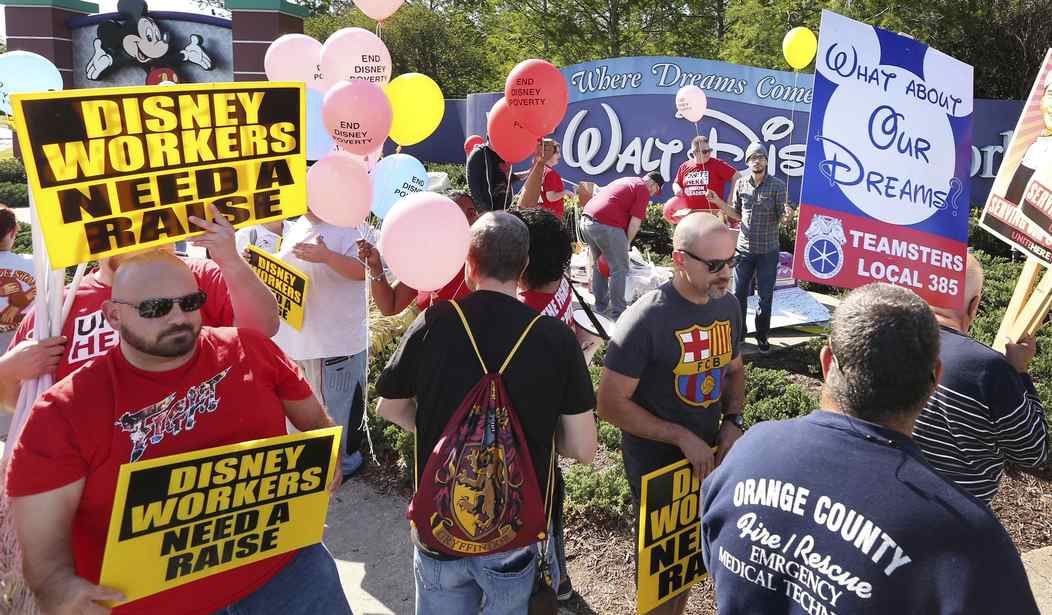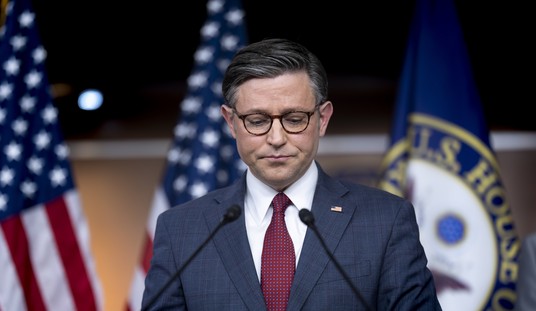The Wall Street Journal’s recent Notable and Quotable will probably send ripples through liberal America if they read it. It’s about the minimum wage, another pet project of the Left which ironically has accelerated businesses automating the tasks once performed by humans to cut costs. Like on the abortion issue, Democrats are laser-focused on creating an economy with a so-called ‘living wage.’ What that figure is remains entirely subjective. We have proposals for $15/hour, while some soar in the $20s per hour. The data is clear that raising the wage hurts workers and businesses, but we’ll rehash that later. What Michael Munger of the American Institute for Economic Research posted in the Journal is an answer to two simple questions: 1. How many workers in America work minimum wage jobs? 2. Where does that put them regarding world income distribution?
Munger teaches undergraduate political economy; he’s very open about it. And answer to question one is fewer that 2 percent. And these workers fall within the top fifth of world income distribution, which, as he puts it, “creates enormous cognitive dissonance.”
I get answers to the first question ranging from 20 percent to 40 percent (the correct answer is fewer than 2 percent); the answers to the second question are usually around 20 percent (the correct answer is above 85 percent). . . . It quickly gets real, real quiet in the auditorium. All through high school the kids have earnestly been told that poverty should be defined in relative terms, and that the US system is cruel to the poor. The fact that a minimum wage job puts you in the top fifth of the world income distribution . . . and that 98 percent of Americans make more than the minimum wage, creates enormous cognitive dissonance.
As our own Guy Benson aptly noted, it’s because we’re a wealthy country.
Minimum wage jobs aren’t meant to be careers, and you can see why this issue hasn’t really gone anywhere since it’s been tried at the local level. Also, with fewer than two percent of workers falling in this category, it’s not a majority issue. Also, as we’ve learned, minimum wage workers are already in the ‘living wage’ category compared to most of the world.
Recommended
In Seattle and New York, two cities that experimented with increasing the minimum wage, all it did was wreck the service industry. New York lost at least 1,000 restaurants. Workers saw their hours cut, which meant they made less money in the long term. Even self-identified progressives in Seattle, which had a phased-in minimum wage hike, saw the impact of this policy: it’s a job killer.

























Join the conversation as a VIP Member